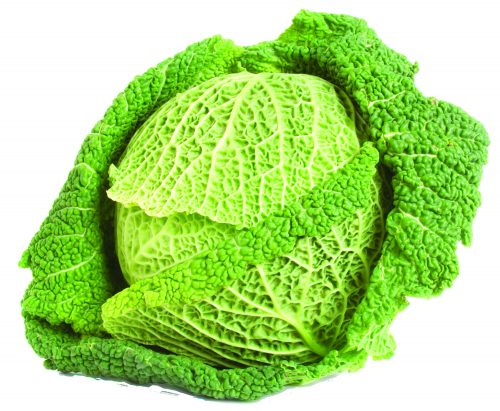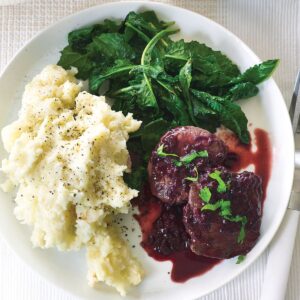
Cabbage is a favourite worldwide: it is the main ingredient for the Korean dish kimchi – a pickled, fermented cabbage; in Germany, white cabbage is shredded and fermented in salt brine to make sauerkraut; in eastern Europe, cabbage with beetroot makes borscht (a soup) and cabbage leaves wrap the tasty meat and rice fillings of dolma – Middle Eastern fare.
Buying
For tightly-packed leaf cabbages, choose firm, compact, heavy cabbage heads. Check cabbages have crisp, bright-looking leaves without any discoloured patches or holes. Prepare cabbage just before cooking or eating.
Storing
Keeping cabbage cold keeps it fresh. Place the head in a plastic bag and store in the fridge. Savoy cabbage will keep for about one week, red and green cabbage will keep for about two. If you need to store a partial head of cabbage, cover it tightly with plastic wrap and refrigerate.
Nutrition
As a member of the brassica family, cabbage contains glucosinolates which are broken down into anti-cancer chemicals, with darker green cabbage containing higher amounts. Red cabbage contains more folate and vitamin C than green varieties, as well as various antioxidant carotenoids.
Using cabbage
Cabbage (other than kale) can be eaten raw. If cooking cabbage, steam, boil or stir-fry the vegetable to keep the flavour and texture intact. To keep red cabbage red, add vinegar to the pot while cooking. For an easy-to-make coleslaw, mix shredded red and green cabbage then dress with fresh lemon juice, olive oil and black pepper.
Tip: Signs of worms or insects in your garden-grown cabbages? Soak the cabbage head in salt water or vinegar water for 15-20 minutes before using.
www.healthyfood.com










